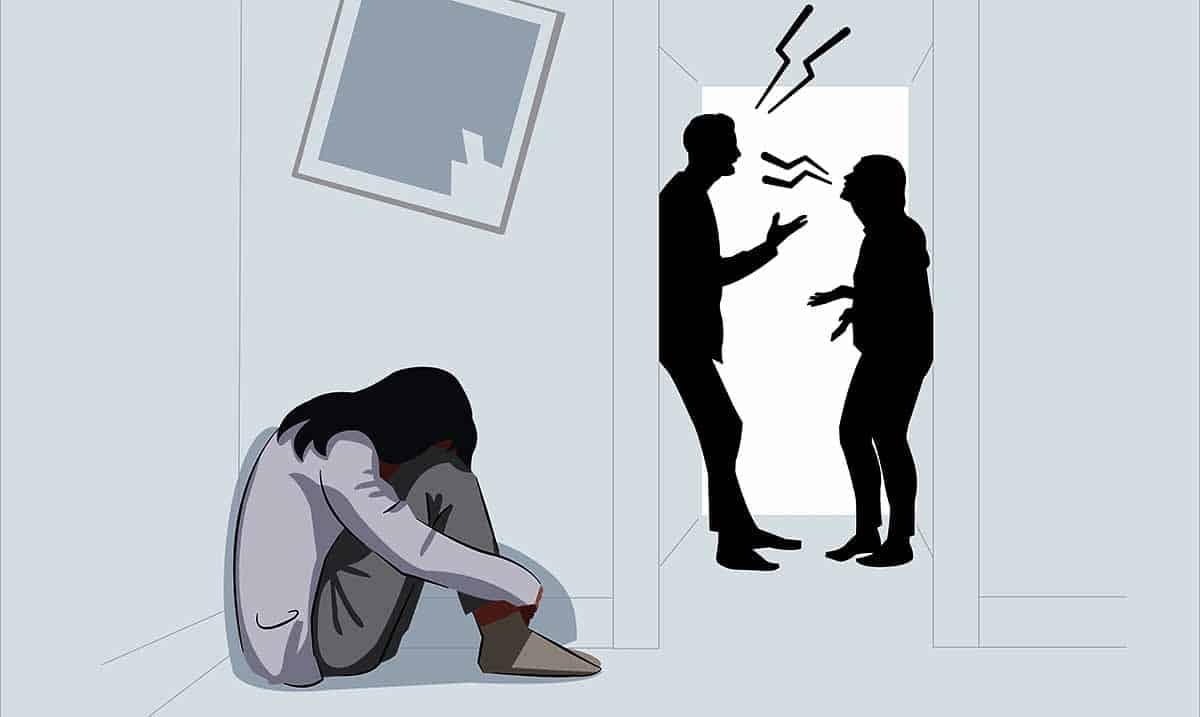Borderline personality disorder (BPD) is a personality disorder that is extremely painful and difficult for both the person suffering from the illness and those around them. This disorder is characterized by intense interpersonal relationships, emotional sensitivity, and difficulty with impulse control.
Those who suffer from the disorder are at a much higher risk for suicidality, and oftentimes this disorder is comorbid with other disorders like depression, bipolar, ADHD, anxiety disorders, and even anti-social personality disorder. For some time, there has been quite a debate over what causes the disorder, but now researchers are beginning to find massive links between the disorder and early childhood trauma.
Recent research has found that those who have BPD are 13 times more likely to report having childhood trauma, than those who do not have the disorder. One study, in particular, came from the University of Manchester and looked over the data from 42 international studies of over 5,000 people. This study was a collaborative work from the Greater Manchester Mental Health NHS Foundation Trust and the Spectrum Center for Mental Health Research, Lancaster University. The findings were published in the journal Acta Psychiatrica Scandinavia.
Those who suffer from BPD report feeling immense emotional pain after experiencing minor events that typically would not bother someone else. Marsha Linham, a psychologist and leading expert on the illness has compared sufferers of BPD to burn victims and said that their emotional skin is damaged, making the slightest inconvenience feel excruciating to them. For example, they are typically far more vulnerable when it comes to rejection and abandonment, which can send them into an emotional tailspin beyond anything most can comprehend.
Dr. Filippo Varese, from the University of Manchester, says,
“During childhood and adolescence, our brain is still undergoing considerable development, and we are also refining strategies to deal with the challenges of everyday life and the negative feelings that come with them.
“In some people who have experienced chronic, overwhelming stress in childhood, it is likely that these responses do not develop in the same way. People can become more sensitive to ‘normal’ stress. They are sometimes unable to deal with intense negative thoughts and feelings, and they might resort to dangerous or unhelpful measures to feel better, such as taking drugs or self-harming. This can lead to various mental health difficulties, including the problems commonly seen in people who receive a diagnosis of BPD.
“We found a strong link between childhood trauma and BPD, which is particularly large when emotional abuse and neglect were involved.”
He also explains that while the disease is known as ‘borderline’ that isn’t to take away from the suffering of those who have the disorder. “BPD can be very distressing and difficult to treat,” he says.
“The term BPD was originally used to indicate mental health problems that were not a psychosis nor anxiety or depressive disorder – but something in the middle. Another term used in modern times is ‘emotionally unstable personality disorder’, which perhaps gives a clearer picture of the kind of problems typically described by these people.
“We hope these findings underline the importance of trauma-informed care for people accessing mental health services, where prevalence rates of BPD are high.
“But further research is needed to explore the complex factors also likely to be involved, such as biology, experiences in later life, and psychological processes.”
Thankfully, due to research like this, we are learning more and more about how to appropriately help these patients and understand them.

